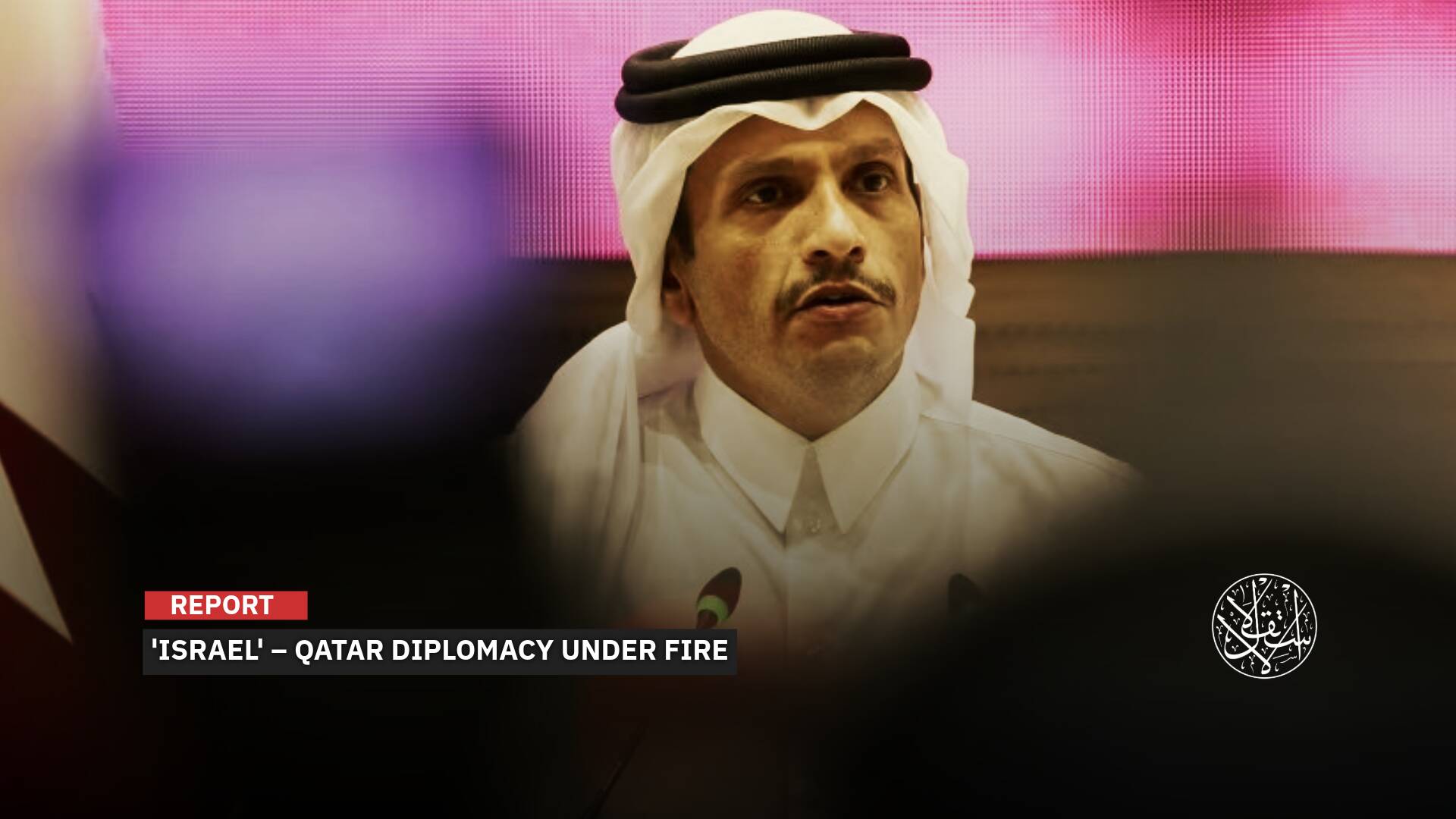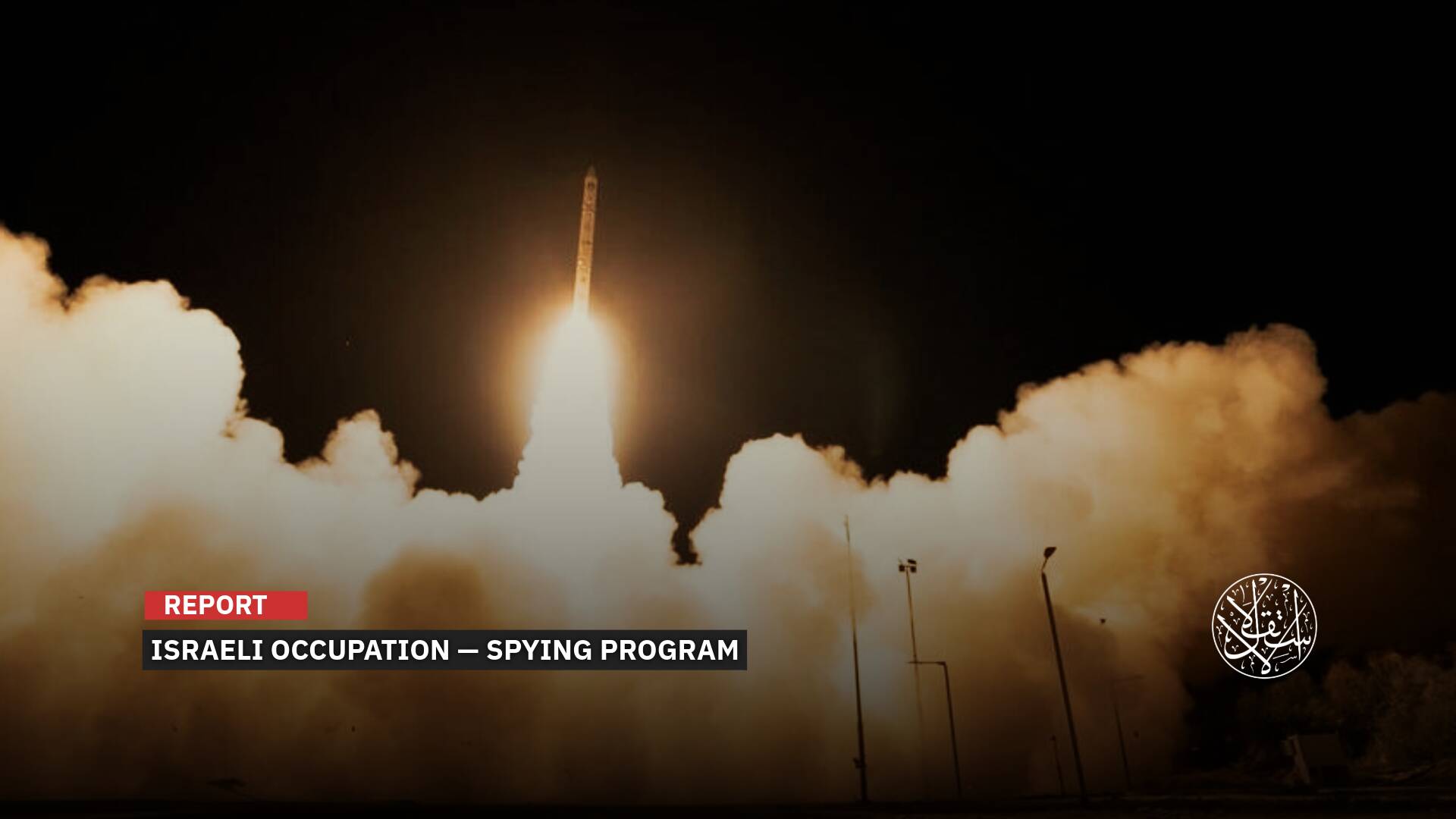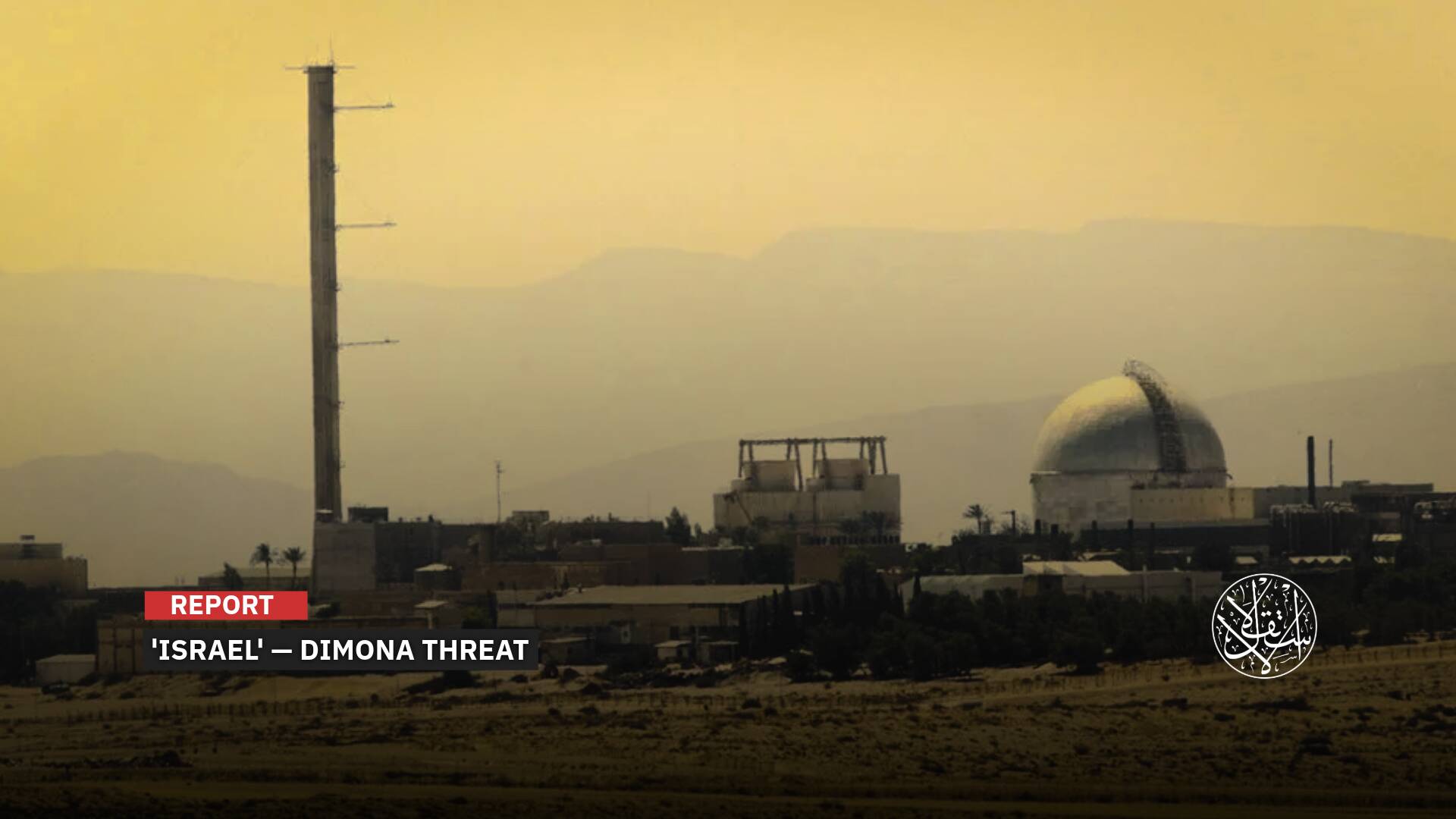Deterrence for 'Israel' and Greece: What Do You Know About Turkiye's Fifth-Generation Fighter KAAN?

Through the KAAN fighter, Turkiye achieved deterrence balance against "Israel" and Greece.
Years ago, specifically in 1996, "Israel" refused to supply Turkiye with 10 unmanned aerial vehicles (drones) and to upgrade 54 Turkish F-4 aircraft, stipulating that the then-Prime Minister's government, Necmettin Erbakan, allow its aircraft to fly over northern Iraq, which Ankara rejected at the time.
Israeli Occupation's rejection and its conditions remained a historical motivator for the Turks, to the extent that Erbakan stated at the time: "Turkish technicians will be able to handle this themselves in the future."
Over time, Turkiye made significant strides in the defense industries, especially in drone manufacturing, which decisively influenced many battles and achieved regional balance against its adversaries and competitors.
On March 20, 2024, Turkish President Recep Tayyip Erdogan announced that his country, thanks to the new fighter jet KAAN, had become one of four nations capable of producing fifth-generation fighter jets.
During a rally for the ruling Justice and Development Party (AKP) in the province of Eskisehir, the Turkish President added that Ankara ranks among the top 3 countries in drone technology globally.
"We have reduced the foreign dependency in the defense industry from around 80 percent to some 20 percent in such a short time as 20 years."
The Journey of KAAN
The seeds of the Turkish fighter jet KAAN were actually planted in 2010 with a decision by the government, a full decade before it faced sanctions in the F-35 fighter jet project.
At that time, Ankara decided to enhance its independence in defense and aviation industries and to move towards international competition.
Accordingly, Turkish Aerospace Industries Inc. (TAI, TUSAŞ) began working on the conceptual designs of the KAAN fighter jet starting in 2011 and continued until September 2013.
In 2016, KAAN entered a new phase when Turkiye included it in the TF-X project for the production of domestically-made fighter jets.
In 2017, TAI signed a deal worth $125 million with the British company BAE Systems to collaborate on producing the new-generation KAAN fighter jet.
In 2018, the manufacturing program for KAAN was officially launched, with plans for the first test flight of the aircraft in 2026 and its entry into service in 2032.
However, the dedication of the engineering team and the immense support they received from the Turkish presidency accelerated the development and construction processes, leading to the successful execution of the first ground operational tests of the aircraft.

Turkiye's Pride
February 21, 2023, marked a turning point when the KAAN fighter jet successfully completed its first takeoff operation.
Subsequently, the Turkish company responsible for the aircraft announced plans to deliver the first 20 aircraft of this model by 2028. These jets are set to join the Turkish Air Force, with two planes being manufactured each month to replace the American F-16 fighter jets currently in service.
At the time, Erdogan expressed his delight at the successful maiden flight of the Turkish fighter jet, describing the event as "Today, we witnessed another proud day for the Turkish defense industry."
During a press conference in Afyonkarahisar city, Erdogan declared that with the completion of this process, "Turkiye has reached another critical milestone in developing its own fifth-generation fighter jet."
Addressing doubts about the aircraft's manufacture, Erdogan stated: "Despite those who tried to sabotage the KAAN project from the very beginning, claiming that we could not manufacture this aircraft, our indigenous fighter jets, thanks to God, have soared in the sky today."
Impressive Technologies
President of the Defense Industries Agency of Turkiye, Haluk Gorgun, announced that the KAAN aircraft would give Ankara capabilities that only exist in a few countries around the world.
According to Air Force Technology on February 24, 2024, the KAAN is the first fifth-generation fighter jet with stealth and superior attack capabilities. It is designed to replace the current fleet of American F-16 fighter jets in service with the Turkish Air Force.
The aircraft is designed for air superiority and has exceptional multirole capabilities. It is manufactured from an advanced carbon composite body, with an aerodynamic design enhancing the aircraft's high-speed capabilities.
The KAAN has a length of 19 meters, a wingspan of 14 meters, a wing area of 60 square meters, a height of 6 meters, and a length of 21 meters. The cockpit accommodates one person, and the aircraft operates with dual engines, with high maneuverability and low radar visibility.
Further, it has the ability to carry weapons internally, exceptional electronic warfare capabilities, and advanced electronic warfare capabilities.
The aircraft will provide a high degree of situational awareness, advanced weapon systems, sensor integration technologies, and low observability features. It also features advanced aviation electronics, with multiple screens, graphical interfaces, environmental data systems, digital maps, and advanced communication devices.
Other features include voice recognition, high-quality sound systems, and artificial vision in the smart cockpit. The aircraft is equipped with an active electronically scanned array radar, which, combined with the stealthy aircraft body, enhances its stealth capabilities.
The Turkish fighter jet with dual engines can perform air-to-air and air-to-ground missions, as well as electronic warfare, in all weather conditions. It is configured to fly distances exceeding 3,000 kilometers at a speed of 1.8 Mach (a measure indicating the ratio of true speed to the speed of sound) and climb to an altitude of up to 55,000 feet (16.76 kilometers).

The Most Successful in the World
In an interview with TRT Haber on March 23, 2023, the CEO of TAI, Temel Kotil, stated that "the national fighter jet project, the KAAN, is the most successful project in the world at this short period."
He pointed out that Ankara has overcome extremely critical thresholds towards producing its fifth-generation military aircraft.
He added that "KAAN quickly made a significant impact worldwide and is capable of combating all existing aircraft."
Kotil compared the KAAN to the American F-35, mentioning that the latter was designed using technology developed almost two decades ago, while the Turkish aircraft "was designed, built, and developed using current technology."
"Our company's 17,000 employees have made significant efforts. This work has been witnessed over the years, and the great successes achieved came from the heart, not just the mind. Our success came from our hearts," he said.
"Since our young team learned this technology, we have surpassed Germany, France, and England."
Out of its 17,000 employees, TAI allocated 5,000 engineers with various specializations for the KAAN national fighter jet project, including 500 programming engineers.
"The aircraft's computer system consists of about 20 million lines, including hundreds of software programs working together, so the aircraft can be counted as a flying computer," Kotil concluded.
Deterrence Balance
On February 21, 2024, the head of the Turkish Presidency's Communication Department, Fahrettin Altun, announced that his country is working to enhance its military capabilities, commenting on the success of the first flight of the domestically produced KAAN fighter jet.
Altun told Anadolu Agency that thanks to President Erdogan's vision, Turkiye is moving towards a more self-confident future in defense through local projects."
"We will be able to deter our enemies and contribute more strongly to the security of our allies and partners around the world."
On February 26, 2024, military expert Mohammed Ali al-Smadi made statements to the TRT channel, saying, "Based on my knowledge about the KAAN program, it is undoubtedly the pride of the Turkish defense industries. This project is strategic for Ankara, as it is an active state in the region.
"When we talk about the KAAN, it is a technology equivalent to what is available in the American F-35 program. Considering Turkiye's geopolitical position, and that Israel possesses this aircraft [F-35] and Greece has also been approved to obtain it, Turkiye needs to have capabilities so that there is a balance in deterrence."
In its report published on February 7, 2019, Anadolu Agency mentioned that Ankara ranked sixth globally in manufacturing military drones after the United States, "Israel," China, Pakistan, and Iran.
It is worth mentioning that Turkiye entered the drone project strongly in 2007 when Turkish Aerospace Industries Inc. (TAI) began the first phase of developing the Bayraktar TB2 drone model.
Its first flight took place in June 2009. Following that, the Turkish company signed an agreement to develop the second phase of the project under the supervision of Baykar.
On June 21, 2019, the Bayraktar TB2 drone broke a record in Turkish aviation history, reaching flight hours of up to 100,000, becoming the backbone of Turkiye's air force due to its advanced technical capabilities.
On July 30, 2021, the Turkish drone Aksungur, considered the heaviest in the Turkish unmanned aircraft fleet, took off. It embarked on its maiden flight from the capital Ankara, loaded with the most powerful and destructive smart ammunition, such as the KGK-82 missile, weighing 340 kilograms.
The aircraft headed to the Sinop Province by satellite control. According to the Anadolu Agency, the Aksungur succeeded in hitting the target at an altitude of 20,000 feet (6.1 km) and a range of 30 kilometers.
The Aksungur (or the Phoenix-2), nicknamed "Sky Tank," entered testing on March 21, 2019, when the Turkish Aerospace Industries Inc. (TAI) announced the success of the first flight test of a new locally made unmanned aerial vehicle.











